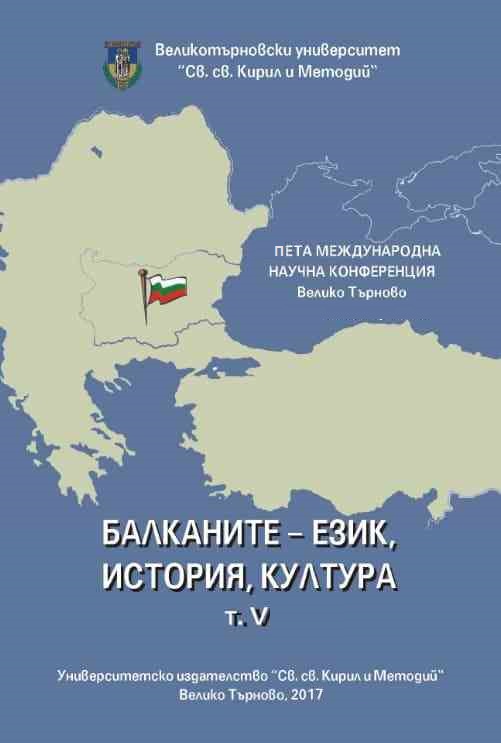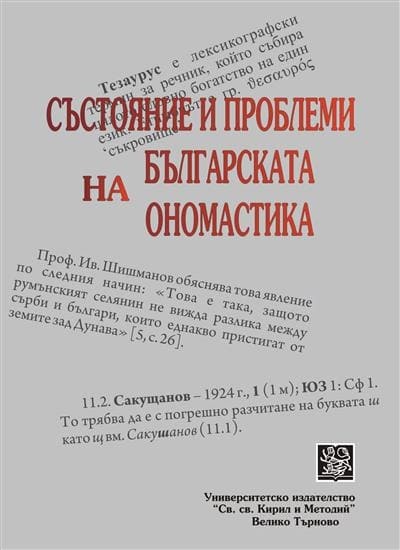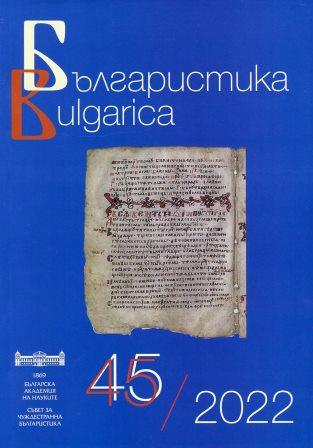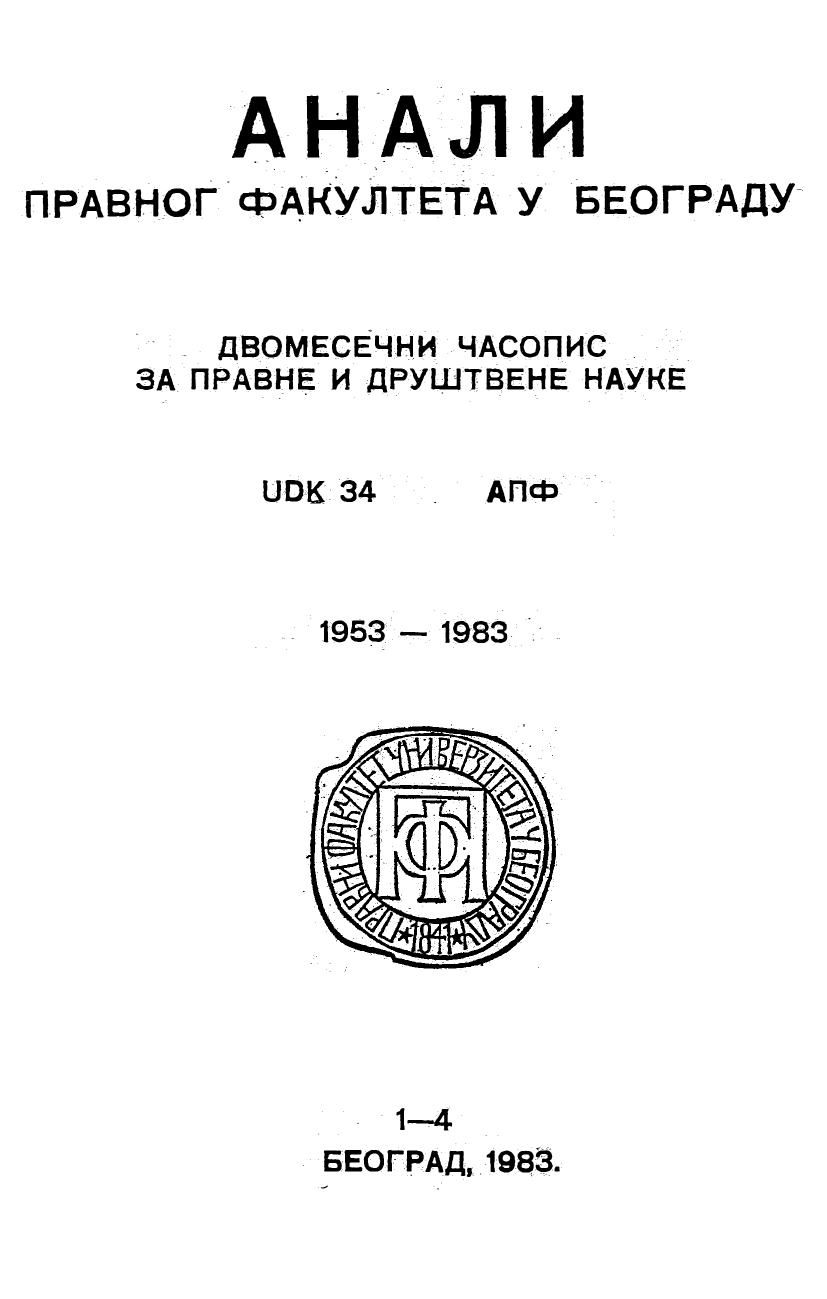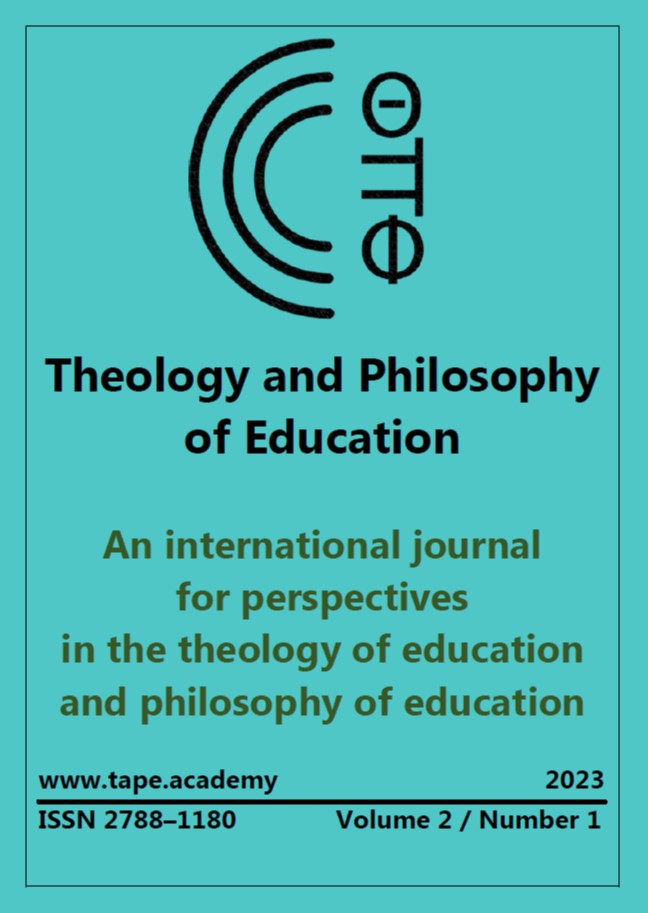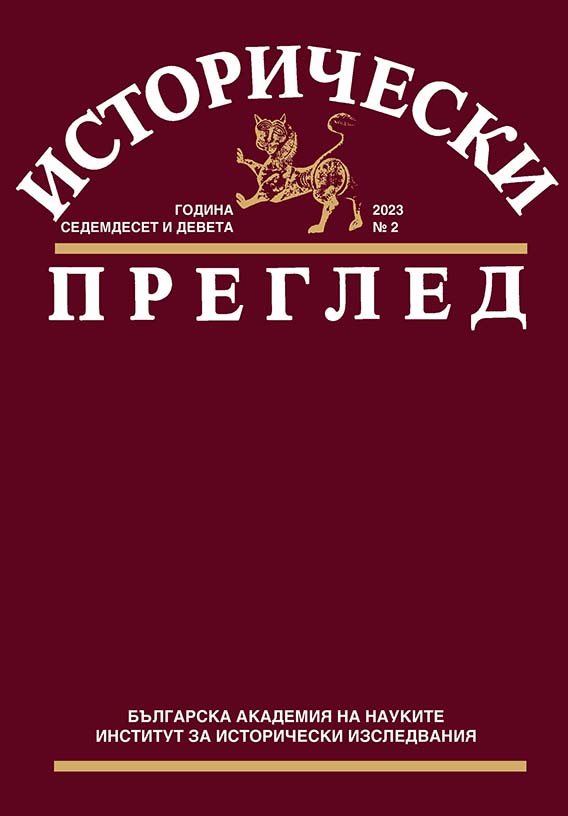Author(s): Desislava Dimitrova / Language(s): English,Bulgarian
Issue: 1/2017
The article discusses the personal and public space of the merchants in Rumelia in the city space of Filibe and Sofia. The main criteria for the distribution of the cities in the Ottoman Empire and the special place occupied by the two consecutive centres of Pasha Sanjak are presented. An attempt is made to trace the history of the coming into existence of the craftguilds and their professional and public functions, which is perceived as a main common feature among all the traders in the Empire. Several paragraphs of the paper are devoted to factors affecting traders: the geographical extent of the activities being performed; the goods traded – adapted to a specific market in a given city or exported outside the Ottoman Empire; the confessional belonging of traders; the producers engaged in trade or resale. All these circumstances determined one’s attitude towards the market, the workers, a city and the Empire, and, after that, towards religion, the education system, etc. Attention is paid to the activities of the people from Dubrovnik. Their colonies were established in towns attractive for their geographic situation or well developed economic relations with the different parts of the Empire. It is for this reason that they set up their communities in Filibe and Sofia. Individual motives for starting a certain entrepreneurial activity, the attitude of the central government to the confessional communities, etc. are also examined. The space around the carsi shops absorbed the everyday life of their owners. This was easily noticeable because it had different functions throughout the different parts of the day. During the business hours, all the activities related to the exchange of goods were done in the open, in front of the participants in the process. Within the framework of this process, the meeting with the other important subject of the commercial activity – the client – was realized. It was then that the shop changes its appearance. It had to become an attractive centre but a number of circumstances had to be available for this: a key location, high quality of the range of goods offered, and the seller’s talent. In the course of the day, it was transformed, its appearance was changed, the leading figures as well. The communication with the customers was ousted by the relations between apprentice and master. All this means that the workshops (and subsequently the offices) should not be regarded as a “room with the instruments belonging to it”, but as essential centres of communication between people from one and the same guild. Apart from their main commercial functions, the workshops could also have specific ones as for example guaranteeing the regulation of the rights of women in the family. The influence of merchants on urban architecture, planning and art is also discussed in the paper.
More...
